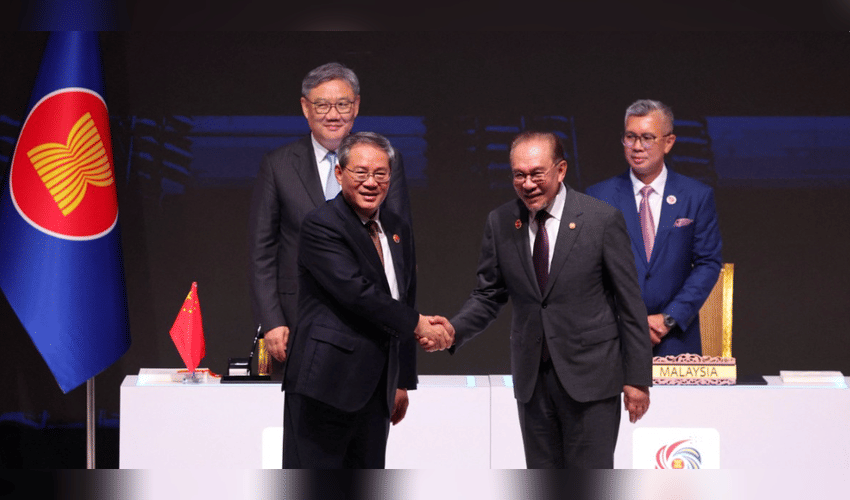Economy
China and ASEAN, impacted by U.S. tariffs, agree on an enhanced free trade agreement.

China and the Association of Southeast Asian Nations (ASEAN) signed an upgraded version of their free trade agreement on Tuesday (Oct 28), adding new provisions covering digital trade, green industries and other emerging sectors, according to China’s Commerce Ministry. ASEAN, which includes 11 member states, remains China’s largest trading partner, with bilateral commerce worth US$771 billion (S$997 billion) last year. With the region’s combined GDP standing at around US$3.8 trillion, Beijing is looking to deepen economic ties to help counter the high U.S. tariffs introduced under President Donald Trump.
China’s Commerce Ministry said the newly enhanced pact demonstrates both sides’ strong commitment to multilateralism and free trade. China has been positioning itself as increasingly open to global markets, even as other major economies raise concerns about its growing export restrictions on rare earths and other strategic minerals.
The updated agreement — referred to as Version 3.0 — was signed during a leaders’ summit in Malaysia attended by Trump at the start of his Asia tour. Talks for the upgrade started in November 2022 and concluded in May this year, shortly after the United States intensified its tariff measures. The original free trade deal took effect in 2010.
Beijing has previously noted that the latest upgrade will boost market opportunities in fields including agriculture, digital services, and pharmaceuticals. Both China and ASEAN are also members of the Regional Comprehensive Economic Partnership (RCEP), the world’s largest trade alliance, encompassing nearly a third of the global population and about 30 per cent of global GDP. Kuala Lumpur hosted an RCEP summit on Monday — the first in five years. Analysts suggest the trade bloc could help cushion the impact of U.S. tariffs, though some say its rules are less stringent than those of other regional agreements due to differing priorities among members.
China and the U.S. have been locked in a growing trade confrontation since Trump took office in January, imposing steep tariffs on Chinese imports. Beijing has criticized these measures as protectionist, while itself tightening control over key mineral exports. As more than 90 per cent of the world’s rare earths are processed in China, these moves have drawn international scrutiny.
Negotiators from both nations recently extended a temporary trade truce during discussions in Kuala Lumpur, with Trump and Chinese President Xi Jinping expected to finalize next steps when they meet in Seoul later this week. After Trump left Malaysia, China renewed calls for deeper regional economic cooperation, emphasizing the need to keep trade channels open. Speaking at the East Asia Summit, Chinese Premier Li Qiang warned against a return to “the law of the jungle,” urging stronger support for free trade, higher-standard economic partnerships, and continued momentum toward regional integration.



